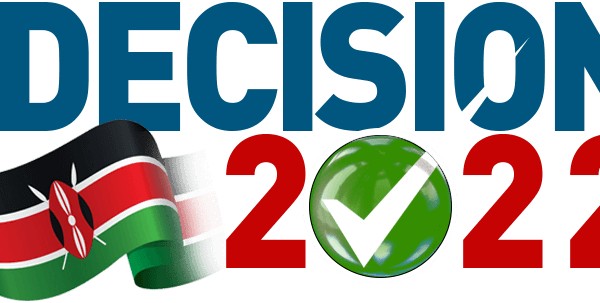As it appeared in the Daily Nation on May 23rd, 2017
In discussions about financial inclusion, access to credit and encouraging a culture of saving, the vibrant cooperative movement in Kenya has featured prominently. Savings and Credit Cooperative Organizations (SACCOs) are at the center of this movement. In the last six years, I have closely followed the happenings in SACCOs. As I have deciphered the movement, it has been evident that the movement has been witnessing a renaissance.
SACCOs also known as Credit Unions in some parts of the world have their roots in Europe. These financial services providers are considered unique because they are managed and owned by members who are also customers. In their early days, SACCOs were seen as the people’s bank. The movement is today pursuing an aggressive campaign worldwide to reach out to more members.
According to the World Council of Credit Unions (WOCCU) Kenya has a leadership position in number of members, in savings and shares, in loans, in reserves and in assets in Africa and it is seventh in the world in terms of assets. This leadership position has made Kenya a case study that many other African countries are seeking to emulate.
In 2008, SACCOs were recognized as an important financial service player in the Kenya’s vision 2030 economic pillar. The streamlining of the SACCOs through a legislative framework in 2010 gave a new live to many SACCOs. To date, SACCOs continue to play a significant role in social economic development. The lives of many Kenyans over the years have been positively transformed through the movement. Millions of Kenyans have directly or indirectly benefited and many of us have a good story to tell about belonging to a SACCO. In the last decade, we have seen many SACCOs scale new heights.
The department of cooperatives has registered thousands of SACCOs. These SACCOs come in all sizes and shapes. The SACCO industry in Kenya is currently categorized into two. There are the thousands of non-deposit taking SACCOs under the department of cooperatives and the 164-deposit taking SACCOs licensed and supervised by the Sacco Societies Regulatory Authority (SASRA) as at the start of 2017. SASRA was established in 2010 as part of the legislative framework. Though the deposit-taking SACCOs account for less than 5% of the sector, they are the ace of the movement as they control more than 75% of the assets and deposits and command over 80% of the membership according to SASRA. These SACCOs continue to experience significant growth in assets and in membership.
Many of use consider mainstream SACCOs as a trustworthy financial partner. They have all along offered competitive interests rates compared to other financial institutions. In addition, Deposit taking SACCOs offer a wide variety of financial services similar to those offered by commercial banks. Many offer their members current accounts with withdrawable deposits, ATM services, salary remittances, provide chequebook and cheque banking services, EFT services, mobile banking among other services.
As Kenya continues to be among the most frequently cited countries in financial inclusion, the SACCO movement is likely to remain at the center of this discussion. However, it is unlikely that the movement will continue to operate in the sort of landscape it has experienced in the past. Continued technological disruption especially by mobile innovations, increased regulation, changing consumer behaviours, increasing customer-member expectations are some of the aspects that will need closer focus. In addition, as SACCOS scale new heights, the growth in assets will require a management that is more astute and a corporate governance framework that is irreproachable.
Lucy Kiruthu is a Management Consultant and Trainer connect via twitter @KiruthuLucy









